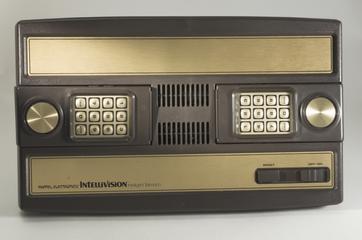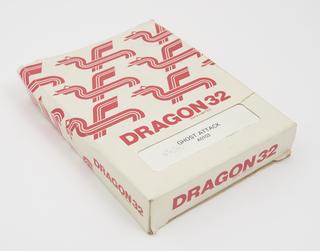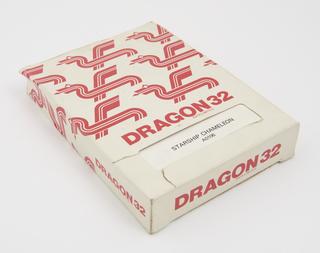
Power Pad dance mat, NES video game, Nintendo Company Ltd., 1988





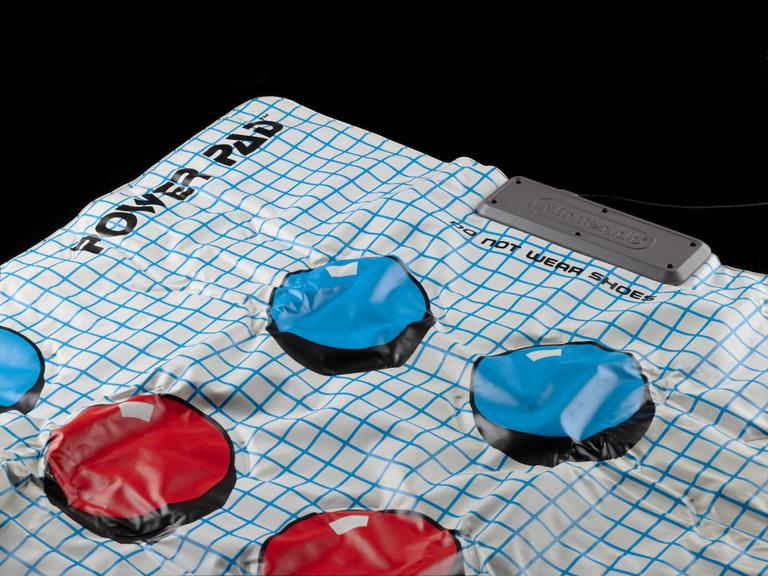
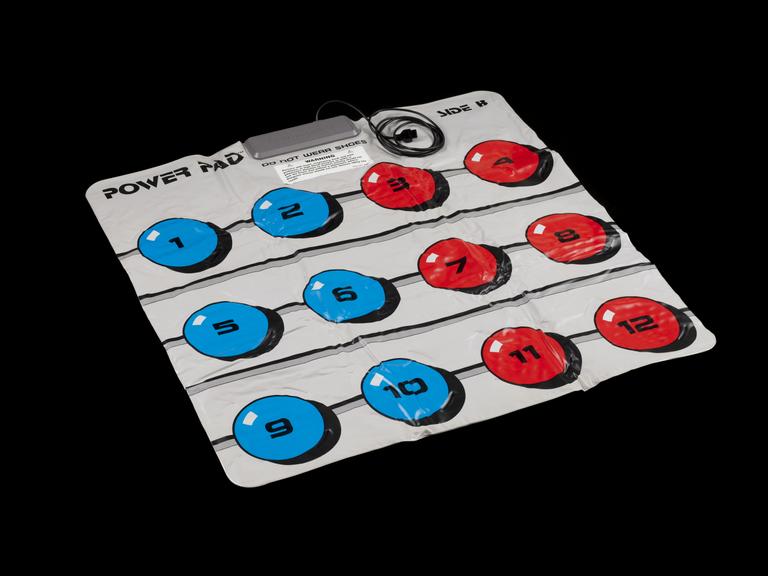



Power Pad dance mat for controlling Nintendo Entertainment System (NES) video game console, made by Nintendo Company Ltd, 1988
The Power Pad is a floor mat game controller, consisting of twelve pressure sensors embedded between two layers of flexible plastic. It allows players to use their body (primarily feet) to control games that test timing, coordination, running speed, create music etc. Games included 'Dance Aerobics', showing that the gamification of personal fitness has been present since the early era of home consoles. 'World Class Track Meet' is also played on the power pad, with players competing against each other in sporting events.
In 1983 the video game industry in the US went into drastic decline, caused in part by a saturated market of consoles and games, often of low quality, and a subsequent loss of confidence in video gaming. The Nintendo Entertainment System (NES), a redesigned version of the company’s Famicom (Family computer) console, became Nintendo’s first home console released outside Japan. The NES was intentionally named and designed to distance itself from previous consoles and their poor reputation. It also contained the 10NES – a lockout chip that prevented the console from running cartridges unapproved by Nintendo. As a huge commercial success, the NES is attributed with helping to revive the video game industry following the 1983 crash and securing Nintendo’s place as a world leading video game company. It was released in North America in 1985 staying on the market until 1995.
Details
- Category:
- Games Technology
- Object Number:
- 2021-1610/5
- Materials:
- plastic (unidentified) and metal (unknown)
- Measurements:
-
overall (folded): 100 mm x 300 mm x 300 mm,
overall (open): 30 mm x 940 mm x 970 mm,
- type:
- video games
